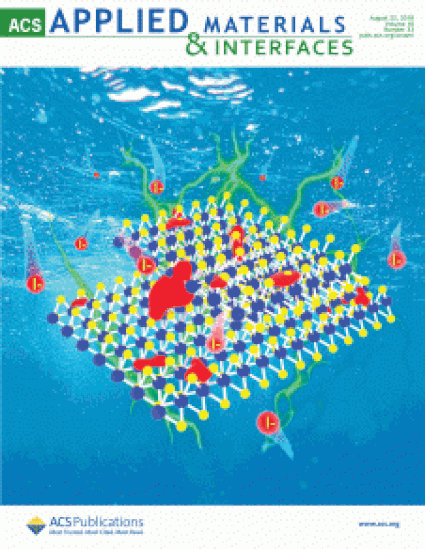
- Graphene morphology,
- Oxide superconductors
To facilitate the potential application of TiO2 as an efficient photocatalyst, the modulation of its band gap and electrical structure is of great significance. Herein, we report a very simple nitrogen (N)-doping method to obtain N-doped TiO2, which is hybridized with graphene sheets at a temperature as low as 180 °C and using an ammonia solution as the N source and reaction medium. X-ray photoelectron spectroscopy analysis revealed that the atomic N level could reach 2.4 atomic percent when the reaction time was 14 h. Photoluminescence (PL) emission spectra indicated that N-doped TiO2/graphene composites have drastically suppressed TiO2 PL intensity when compared to undoped TiO2, confirming the lower recombination rate of electron–hole pairs in the N-doped TiO2. Additionally, photodegradation data showed that the decomposition rate of methylene blue with our N-doped TiO2/graphene photocatalyst is twice as fast as a commercial Degussa P25 catalyst. Furthermore, density functional theory (DFT) calculations demonstrate that N doping creates empty states in the band gap of the TiO2 that are below the Fermi energy of graphene. Thus, when N-doped TiO2 is brought into contact with graphene, these states become filled by electrons from the graphene, shifting the TiO2 bands upward relative to the graphene. Such a shift in band alignment across the TiO2/graphene heterojunction makes transfer of the photoexcited electron more energetically favorable. This work provides a very convenient chemical route to the scalable production of N-doped TiO2/graphene photocatalyst for potential applications in wastewater treatment.
Copyright © 2014 American Chemical Society
